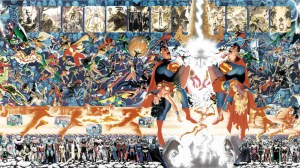Marvel and DC Comics have used superheroes in a variety of ways over the years. While superheroes are tailor made for adventures stories of all kinds, in every genre, they also can be used to talk about real world issues as well. Fiction has always taken cues from the real world, and there are a lot of problems with this approach. A lot of people don’t want their escapes full of the things they’re trying to, well, escape, and others don’t want to read anything they don’t agree with (we all know who I’m talking about). The biggest problem, though, is that it’s very difficult for fiction to get these types of things right. This is doubly difficult for comics. As a medium, comics are kind of simple. Most of them time, they’re simple morality plays and this can make it difficult to deal with real world issues. However, there are some creators who excel at this type of storytelling, and we’ve gotten plenty of examples of comics that take on real world issues and get it right.
Videos by ComicBook.com
There are plenty of examples of comics getting real world issues wrong — one need only look at something like the All-New, All-Different Marvel publishing initiative, where Marvel felt more like they were trying to reach a diversity quota instead of actually telling good stories that dealt with the bigotry of the world — but some are able to get it right. Comics are a great medium for any kind of story, including ones that deal with real world events. These seven are the best examples of creators using comics to talk about real world issues, giving readers a lot to think about.
7) Swamp Thing (Vol. 2) #35-36
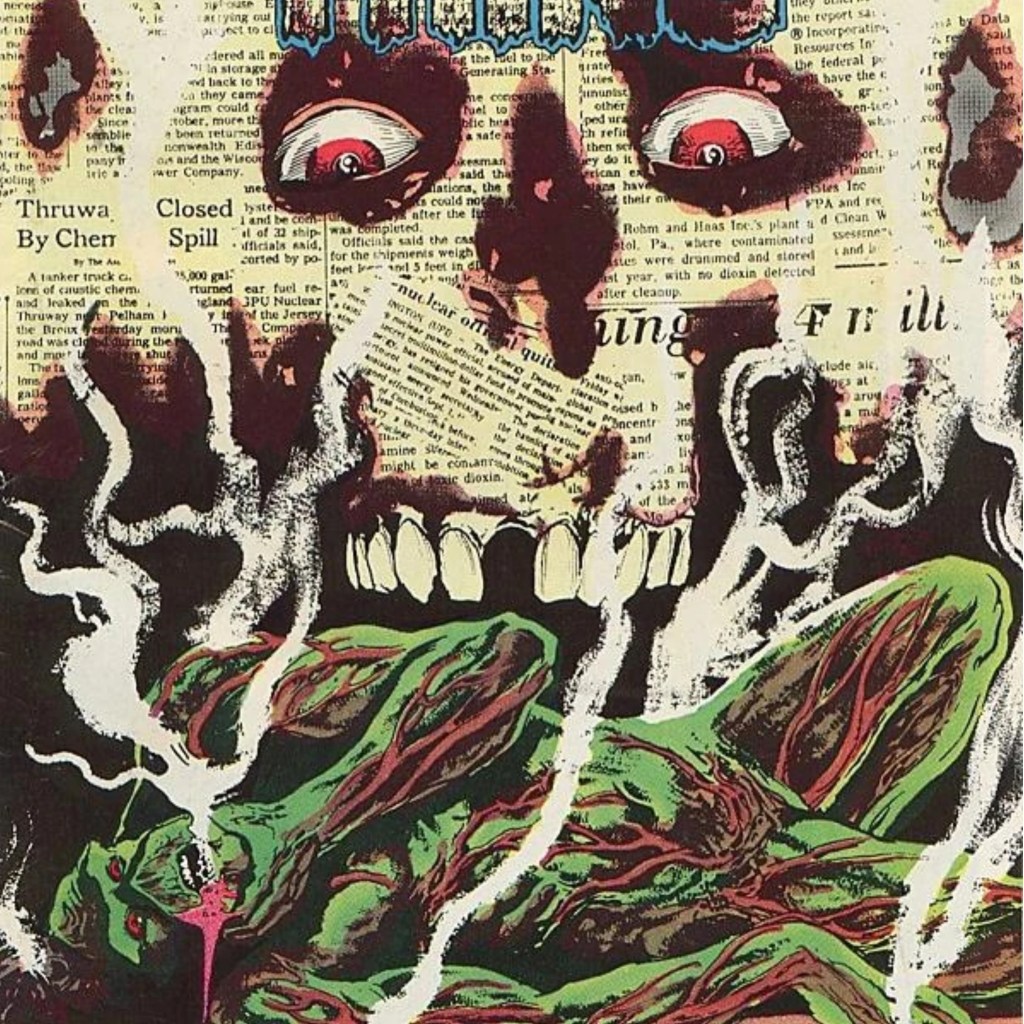
I’m going to level with you here — most of these are going to be Alan Moore comics. Alan Moore changed comics forever, and there are few writers who can match him for skill. Moore’s Swamp Thing is a perfect example of a comic that tackled real world issues correctly multiple times, and Moore was always able to make it work. One of the first times that Moore tackled real world issues in American comics was in the story titled “The Nukeface Papers,” from Swamp Thing (Vol. 2) #35-36. This story dealt with companies illegally burying toxic waste and the terrible consequences of this sort of thing. Swamp Thing ends up tangling with Nukeface, a man who drinks nuclear waste and follows a certain company that is constantly illegally getting rid of the radioactive material in order to get more of the drink he loves so much. This is an excellent story; it shows off the way that companies disregard the safety of the public when profit is on the line and the damage that it can to do nature and the people unfortunate enough to be exposed to it. It’s also the first time that Swamp Thing realizes that he can regenerate his body once its destroyed, which is a huge deal in the history of the Swamp Thing. This book is brilliant from start to finish, with Moore shining a light on the sins of capitalism.
6) Swamp Thing (Vol. 2) #40
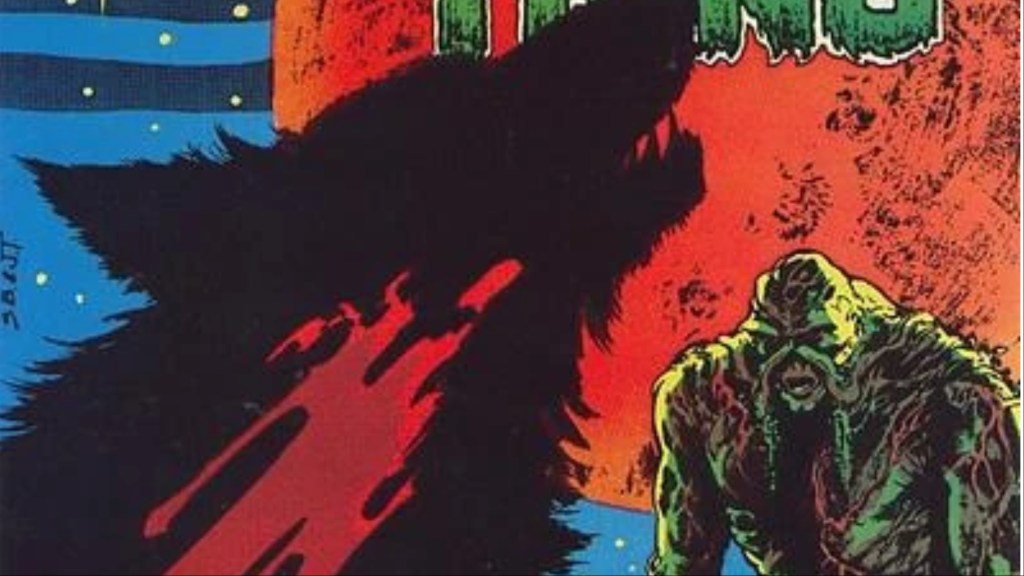
“American Gothic” is Moore’s Swamp Thing masterpiece, a multi-part story that sees Swamp Thing traveling through the horrific underbelly of the United States. Swamp Thing (Vol. 2) #40 is titled “The Curse” and it’s a werewolf story. However, it’s unlike any werewolf story you’ve ever read before. See, Swamp Thing finds himself in a town that has been cursed since the days of the Native Americans, where the men would force the women to stay in a dark hut while they were menstruating. A curse bled into the land, and a woman transforms into a werewolf because of it. This entire issue is about misogyny, the way that men treat women like objects that do what they say, the way men talk about women’s time of the month, and so on. Moore captures the barbarity of men towards women, using the trappings of domestic life to show the way that women have their lives completely subsumed by men who think women exist to serve them. It’s a powerful story, and I’m not sure if I’m doing it justice in this explanation, so you should definitely go hunt this one down and give it a read. In fact, read all of “American Gothic.” You’ll be happy you did.
5) Swamp Thing (Vol. 2) #45
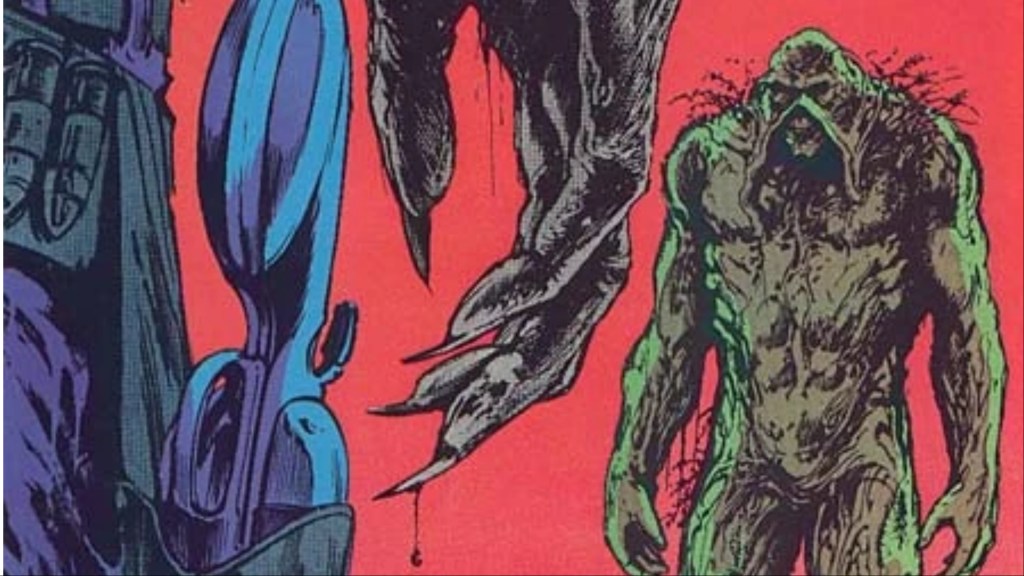
Here’s another chapter of “American Gothic.” Swamp Thing (Vol. 2) #45 is titled “Ghost Dance,” and it focuses on the Cambridge Mansion, which is based on the real world Winchester Mystery House. The Winchester Mystery House was built by an heir to the Winchester rifle company, and is something of a tourist attraction. “Ghost Dance” sees a group of people sneaking into the Cambridge Mansion, two couples where a member of each couple is cheating on their significant other. The mansion is haunted by the ghosts of everyone ever killed by Cambridge firearms. Moore used this issue to talk about the gun violence that has defined American society, with page after page of horrific captions describing the wages of death that the firearm has paid on the North American continent, all illustrated with the kind of chilling art that Swamp Thing had become known for. Even the innocent aren’t spared in this story, which is fitting for tale about the effects of gun violence on the cultural psyche of the United States.
4) Preacher
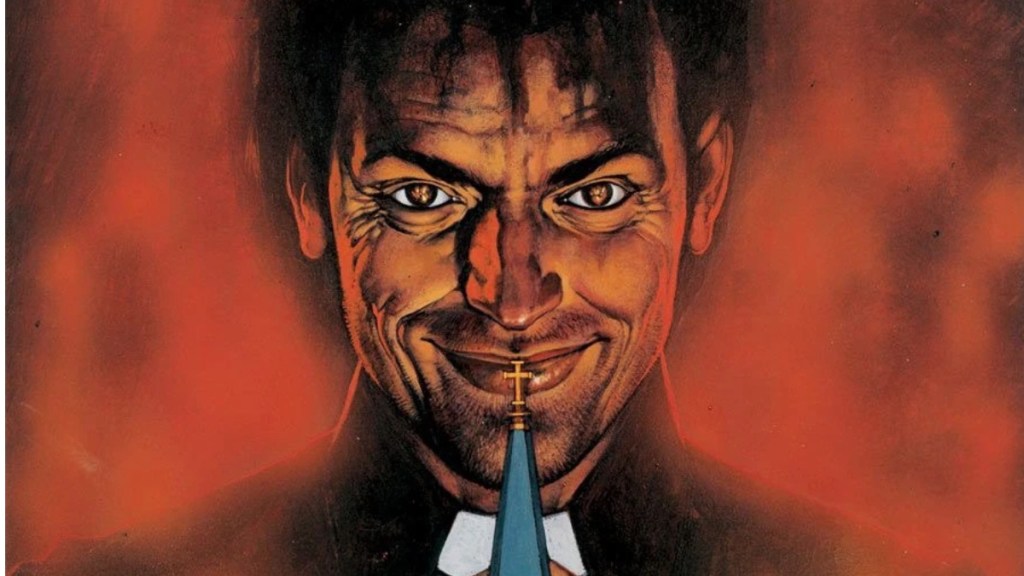
Preacher, by the team of Garth Ennis and Steve Dillon, has a certain reputation among fans, and a lot of people will probably wonder at what it’s doing here. Preacher is the story of Jesse Custer, a man forced to the cloth by his psychotic grandmother. After he is possessed by the half-angel/half-demon being known as Genesis, gaining the power of the Word, which allows him to make anyone do anything he tells them to, Custer goes on a road trip with his girlfriend Tulip and Irish vampire Cassidy to find God and hold him to task for abandoning Heaven. The reason I think Preacher belongs on this list is two fold — the way it talks about toxic masculinity, a phrase that most of us who read Preacher in the ’90s had never heard, and the way the powerful use religion against the masses. Jesse constantly tries to protect his girlfriend Tulip because she’s a woman, and is constantly shown to be in the wrong. Tulip is more than capable of protecting herself and even ends up saving the day multiple times. Preacher is a comic that shows the folly of the toxic masculinity that has inundated society for generations. Preacher also is very anti-religion, and while I’m not getting into that here, it does show how the powerful use religion as a tool of control. Preacher is known for its violence, its extreme humor, and adult situations, but it’s deeper story than all of that. That’s why it remains one of the greatest ’90s comics of all time.
3) God Loves, Man Kills
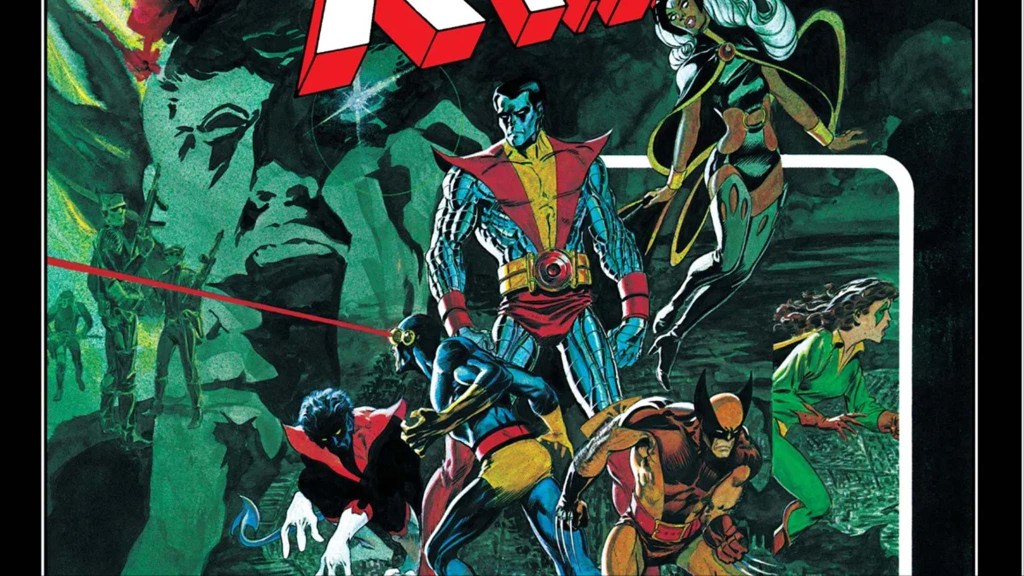
God Loves, Man Kills is one of the greatest X-Men stories ever. The X-Men are Marvel’s most important creation, in my opinion, because of what they represent in the world. The X-Men are an allegory for every group that is oppressed by the majority, and while that doesn’t always come across — oppressed groups usually don’t have any one that can destroy the planet with a thought among them — some stories are able to use the central allegory of the X-Men to its utmost extent. That’s God Loves, Man Kills. This graphic novel introduced readers to Reverend Stryker and the Purifiers, a group of anti-mutant bigots who believed that mutants were the children of the devil and didn’t deserve to live. When they kill a group of mutant children, Magneto gets involved, and the X-Men team up with their greatest foe to stop these bigots from murdering any more children. God Loves, Man Kills is all about the way that religion and bigotry have been linked, how racists take teachings meant to unite us, meant to give us hope and comfort, and use them to justify their hatred. God Loves, Man Kills caused quite a stir in the media in the early ’80s among conservatives, who the story explicitly targeted, and unfortunately, it still holds true over 40 years after it was published.
2) The Nightly News
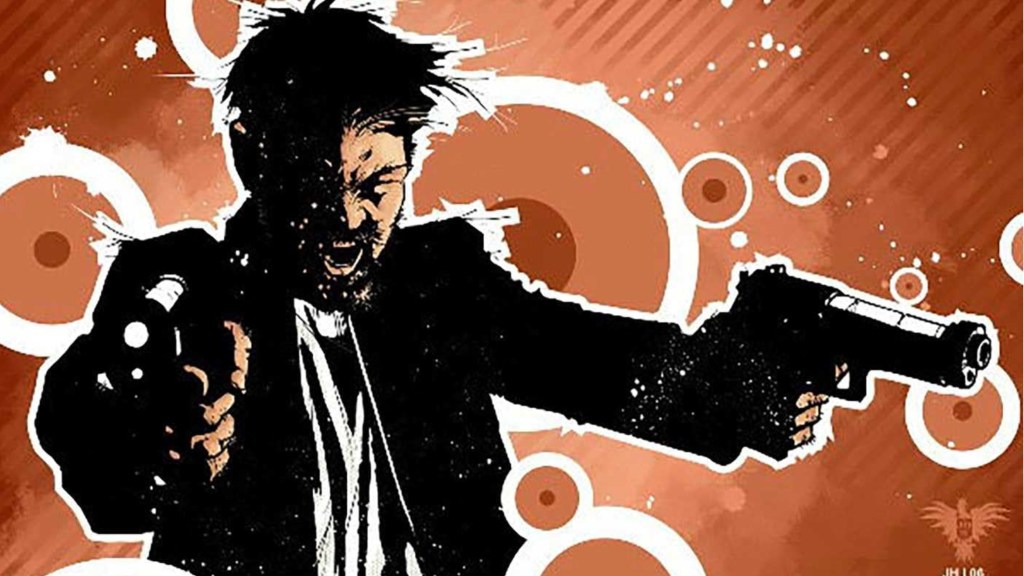
The Nightly News is another prescient comic that stays relevant nearly 20 years after it was first published. Most comic readers know Jonathan Hickman for his work at Marvel, but he kicked off his career at Image Comics with this book. The Nightly News follows the terrorist group the Voice, a group of people whose lives have been wrecked by the news media and are brought together by a mysterious benefactor. The Voice’s mission is simple — to break the control of the media conglomerates over the public. The book mostly follows the Hand of the Voice, as he attacks newscaster and soon learns the terrible truth behind the Voice. The Nightly News digs into the media industry, using real world information to show the way several corporations control the media and use it to their advantage. It’s one of those stories that show just how much control the wealthy have over the rest of us, and how the media can make anyone look like a hero or a monster.
1) V for Vendetta
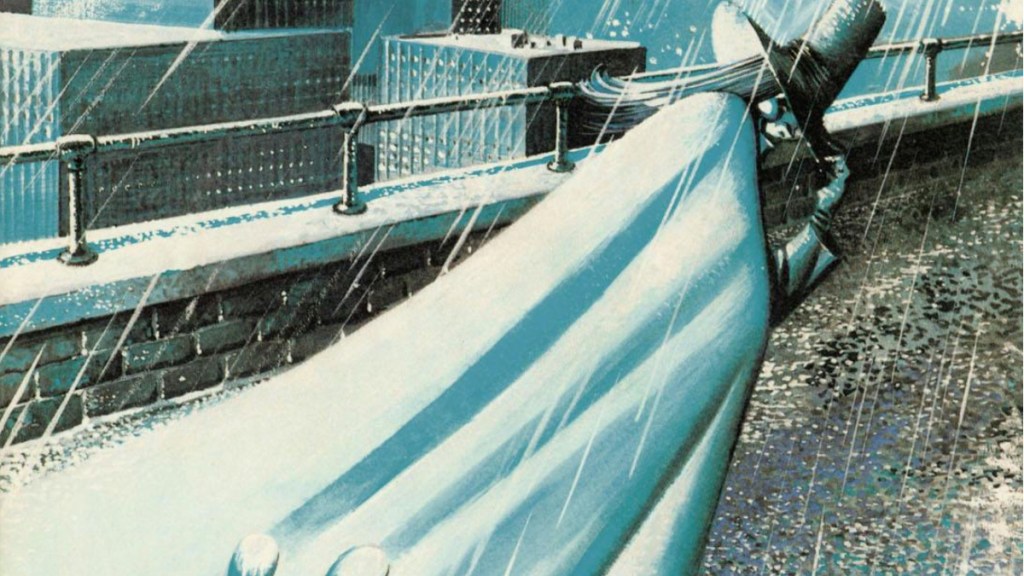
Alan Moore is back on the list with one of the most important fictional stories of the last several decades. V for Vendetta was first published in Great Britain in Warrior magazine, but when Warrior went out of business and Moore went to DC, the American publisher reprinted the prior volumes and allowed Moore and David Lloyd to finish the story. V for Vendetta follows Evey and freedom fighter V as they face off against the fascist Norsefire government. The year is 1997 and a limited nuclear war has wrecked the rest of the world, with England spared. This tragedy allows the bigoted Norsefire party to take over, and what follows is a story about the dangers of fascism and how those in power use the trappings of modern society to hold power over people. Moore tackled the way conservatives use bigotry to take power, and the story is still valid all these years later. Honestly, looking at the world, it’s more valid than ever.
What comics do you think got real world issues right? Sound off in the comments below.

